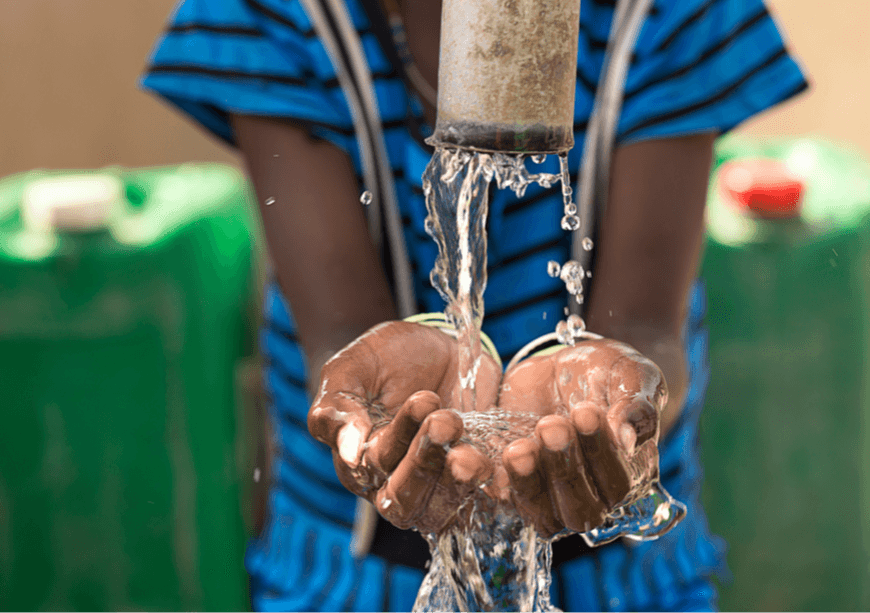We're loading the full news article for you. This includes the article content, images, author information, and related articles.
As of July 2025, nearly one-third of Kenyan households lack access to safe water. With 23 counties at high risk due to poor rains and drying aquifers, the NDMA warns of a deepening national water emergency.

Nearly one in three Kenyan households lack access to safe, reliable water—a crisis affecting millions, particularly in arid and semi-arid counties (ASALs). In these regions, families depend primarily on seasonal rains and old wells, both increasingly unreliable.
In July 2025, the National Drought Management Authority (NDMA) issued a stark alert: 23 of Kenya’s 47 countiesface imminent water shortages due to poor rainfall and overdrawn aquifers .
NDMA CEO Hared Adan, citing weak April–May rains, highlighted urgent needs for water infrastructure in the ASALs .
While livestock pasture exists, lack of water already impacts both people and animals, with conflict among pastoralists reported over dwindling resources .
Despite some rains in March–May 2025, drought conditions persisted:
NDMA classifies 20–23 counties as in a worsening drought phase .
Xinhua reports that 1.8 million people in ASALs are food insecure, including 500,000 children under five and 100,000 pregnant women needing treatment .
The drought crisis intertwines with food insecurity and health risks:
Livestock diseases—like foot-and-mouth and camel pox—are on the rise across affected counties .
Agricultural indicators show widespread acute food insecurity (IPC Phase 3+) across ASAL regions; this includes coping strategies like selling livestock or pulling children from school .
Water sources are drying fast: rivers, boreholes, pans, and shallow wells will likely last between 1–4 months, with recharge rates below 30% in many areas .
Resource scarcity is increasing pressures in rural communities:
All 23 ASAL counties are experiencing increased water vending, with 20-litre jerrycans escalating from KES 2–10 at source to KES 50–100 in desperate conditions .
Daily domestic water consumption is falling to 10–20 Lpcd in stressed counties like Lamu and Mandera—well below WHO recommendations .
Steps being taken:
NDMA CEO emphasized the need for donors and partners to support initiatives that build water infrastructure—including wells, pans, and boreholes—particularly in ASAL counties .
Programs like TWENDE and other ecosystem-based adaptation efforts are underway to construct resilience funds, empower local institutions, and improve early warning systems backed by EU and UN support .
Kenya is in the midst of a deepening water crisis—driven by drought, climate variability, and strained resources. NDMA’s July 2025 designation of 23 high-risk counties marks a critical turning point. Combined with escalating food insecurity, livestock disease outbreaks, and rising water costs in ASAL communities, the situation demands urgent national and international investment in:
Water infrastructure (boreholes, pans, piped systems)
Rural water affordability and equitable access
Community-driven resilience plans and adaptation programs
|
Date |
Development |
|---|---|
|
Jul 10, 2025 |
NDMA: 23 counties at imminent risk of water shortages |
|
Mar–May 2025 |
Drought worsened in 20–23 counties; 1.8M people food insecure () |
|
Apr 2025 |
Some improvement, but water sources still projected to deplete in under 4 months () |
Keep the conversation in one place—threads here stay linked to the story and in the forums.
Other hot threads
E-sports and Gaming Community in Kenya
Active 7 months ago
Popular Recreational Activities Across Counties
Active 7 months ago
The Role of Technology in Modern Agriculture (AgriTech)
Active 7 months ago
Investing in Youth Sports Development Programs
Active 7 months ago